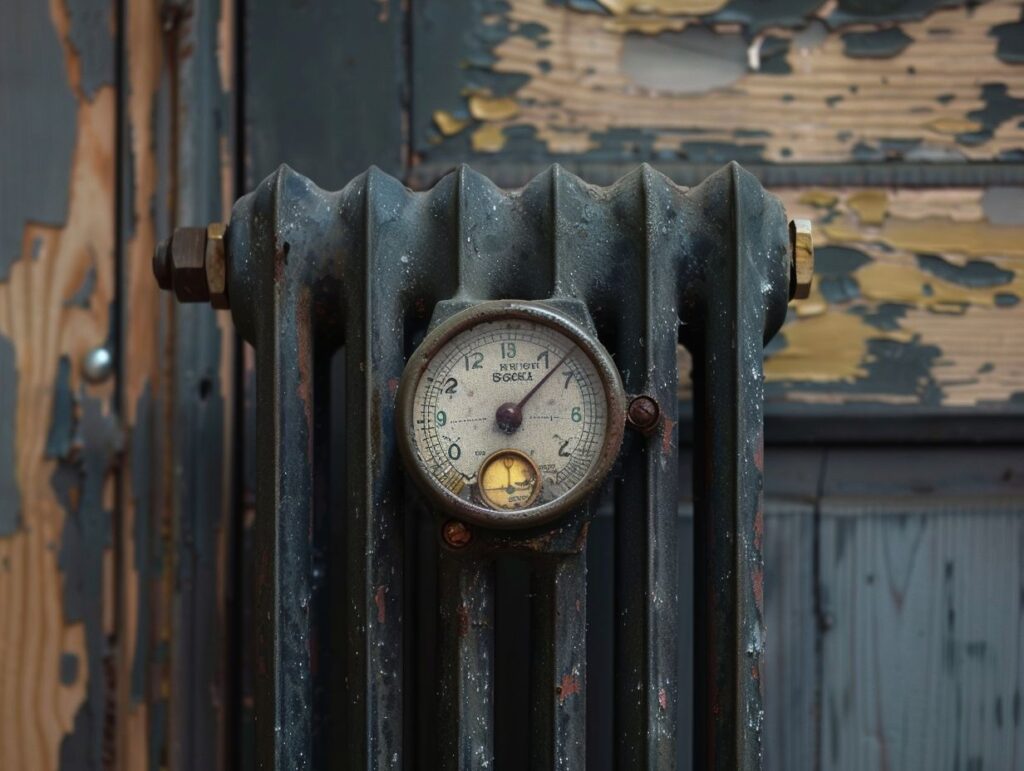Interested in learning about the lifespan of Type 22 radiators? The factors that influence the durability of these radiators, such as material quality and maintenance practices, will be examined.
Additionally, industry standards, typical lifespan projections, and prevalent indicators of wear and tear will be addressed. You will also gain insight into techniques for prolonging the lifespan of Type 22 radiators by implementing appropriate maintenance and care methods.
Key Takeaways:
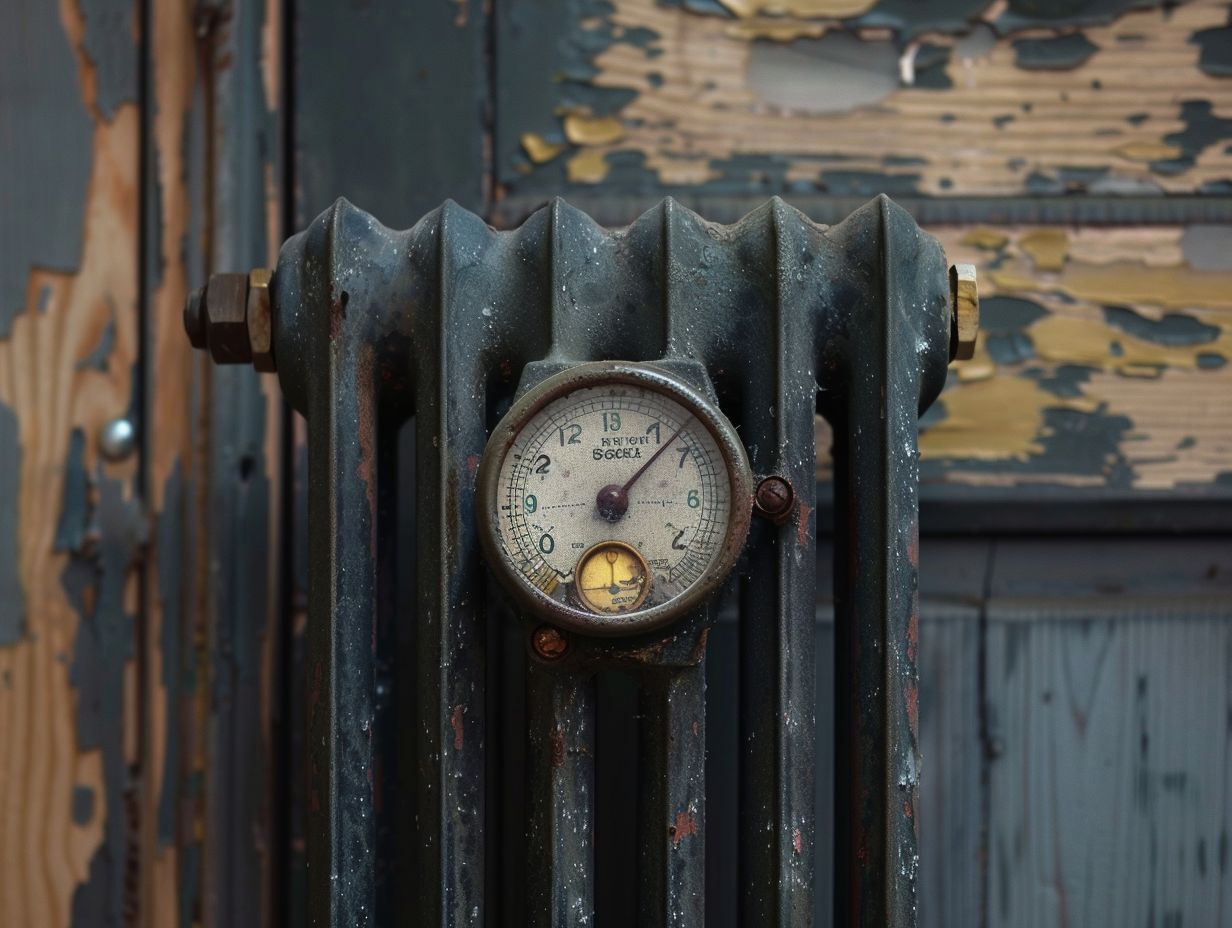
- Type 22 radiators’ longevity is affected by material and build quality, usage, and maintenance.
- The expected lifespan of Type 22 radiators is determined by industry standards and averages.
- Identifying signs of wear and tear and following maintenance tips can extend the lifespan of Type 22 radiators.
Factors Affecting Longevity
The longevity of your Type 22 radiators is influenced by various factors such as maintenance practices, cleaning routines, and the overall energy-efficient operation of your heating system. Regular maintenance not only ensures that the radiator functions optimally but also prevents potential issues from arising, extending its lifespan.
Routine cleaning of the radiator’s fins and vents helps maintain its efficiency by preventing dust and debris build-up that can hinder heat distribution. Energy-efficient practices, such as setting the heating system to lower temperatures when not needed, not only reduce energy consumption but also lessen the strain on the radiator, contributing to its longevity.
Material and Build Quality
Type 22 radiators are recognised for their robust materials and superior construction, making them a popular choice for heating solutions in UK households. Brands like Stelrad offer a variety of Type 22 models, including the K1 radiator and P+ radiator.
These radiators are crafted using high-quality materials that guarantee durability and optimal heating performance. The K1 radiator, for instance, is designed with sturdy steel panels and a double-layer configuration, ensuring exceptional heat retention and distribution.
Likewise, the P+ radiator combines resilience with elegant aesthetics, incorporating corrosion-resistant finishes and precise welding for a dependable heating solution.
Homeowners value the reliability of these Type 22 radiators, as they can rely on them for consistent warmth and comfort all year round.
Usage and Maintenance
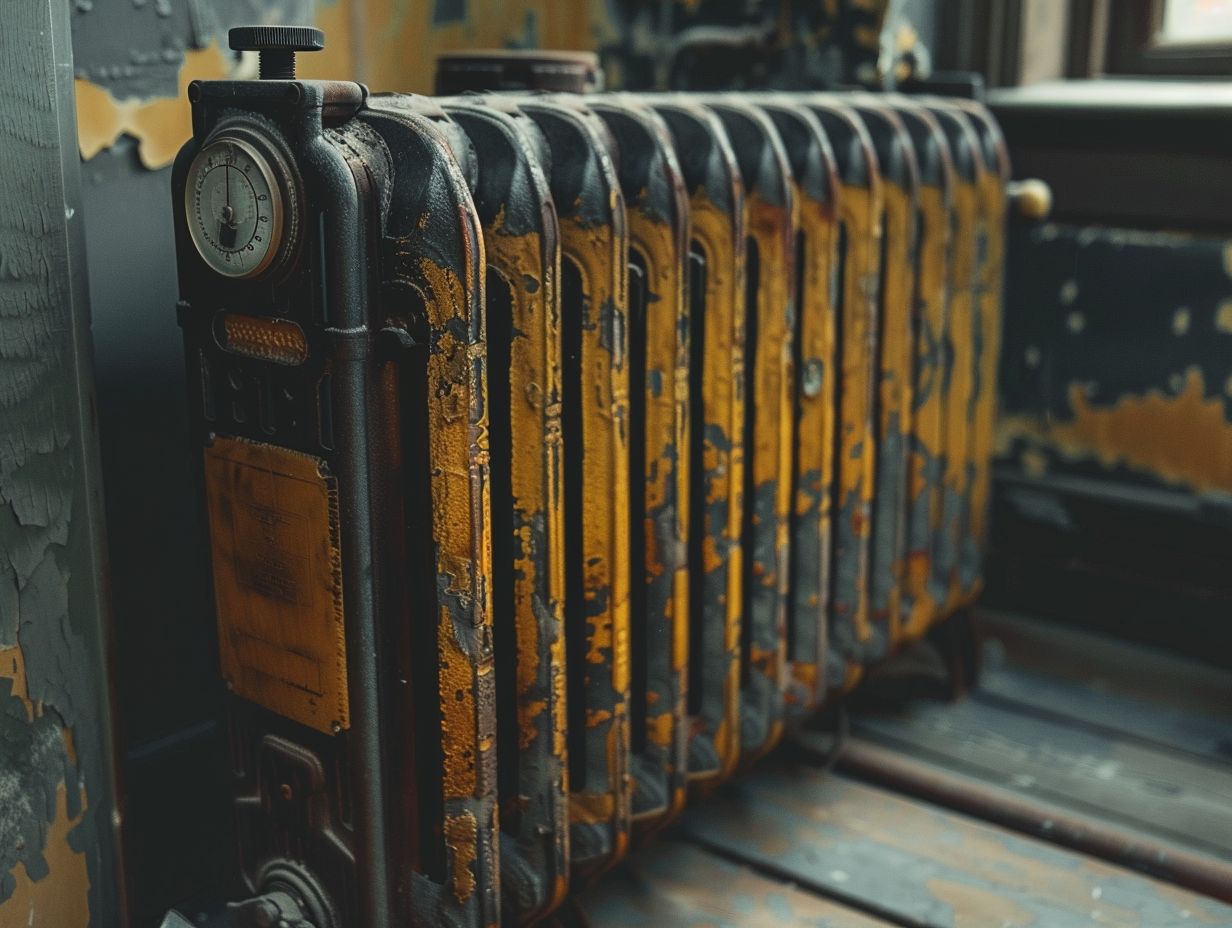
Proper usage and regular maintenance are crucial for maximising the efficiency of Type 22 radiators and ensuring an energy-efficient heating system. You should consider using Thermostatic Radiator Valves (TRVs) to assist in controlling the temperature and achieving energy savings.
TRVs play a vital role in regulating the heat output of individual radiators, allowing for customisation based on specific room requirements.
By adjusting the TRVs to align with the desired temperature in each space, homeowners can avoid overheating and unnecessary energy wastage. This degree of control also results in financial savings by decreasing energy consumption during periods when rooms do not require as much heating.
Engaging in routine maintenance practices, such as bleeding air from the system and checking for leaks, is essential for preventing inefficiencies and prolonging the lifespan of the heating system. This approach delivers long-term benefits in terms of performance and cost-effectiveness.
Expected Lifespan of Type 22 Radiators
Type 22 radiators are designed to offer durable heating solutions for households throughout the UK, with their lifespan dependent on various factors.
Under proper care, Type 22 radiators generally last between 15 to 20 years. Regular maintenance tasks like bleeding the radiators, ensuring adequate insulation, and avoiding excessive strain can prolong their lifespan.
In regions with hard water, where limescale accumulation is common, routine cleaning and descaling are necessary to prevent potential damage. The frequency of use and the level of strain placed on the radiators also influence their longevity. Radiators frequently used or subject to heavy strain may have a somewhat shorter lifespan.
By providing consistent care and maintenance, Type 22 radiators in the UK can deliver efficient heating for many years, meeting the heating needs of households effectively.
Industry Standards and Average Lifespan
Industry standards dictate the average lifespan of Type 22 radiators based on factors such as heat output measured in BTUs and adherence to quality guidelines. Platforms like BestHeating.com offer insights into industry benchmarks and recommended practices for radiator longevity.
You can expect these radiators to last between 15-20 years when properly maintained and operated at optimal efficiency levels. Understanding the BTU rating of a radiator can help you select the right size for your space, ensuring effective heat distribution and longevity.
Along with BTUs, quality benchmarks like material durability and corrosion resistance also play a significant role in determining the lifespan of Type 22 radiators. BestHeating.com advises regular maintenance, such as bleeding the radiator and checking for leaks, to prolong its lifespan and maintain peak performance.
Signs of Wear and Tear
Identifying signs of wear and tear in Type 22 radiators is essential for ensuring timely maintenance and optimal performance. Common issues to watch out for include reduced heat output, visible corrosion, and inefficiencies in convection heating mechanisms. These indicators often signal underlying problems that, if neglected, can escalate into more severe issues.
A decrease in heat output from Type 22 radiators can cause uneven heating distribution within a space, affecting overall comfort levels. Corrosion not only impacts the visual appeal of the radiators but can also compromise their structural integrity over time.
Inefficiencies in convection heating may prolong the time it takes for rooms to reach desired temperatures, leading to potential energy wastage.
Recognising these warning signs enables users to distinguish Type 22 radiators from other models like Type 11 or Type 21 radiators, facilitating informed maintenance decisions for optimal radiator performance.
Identifying Common Issues
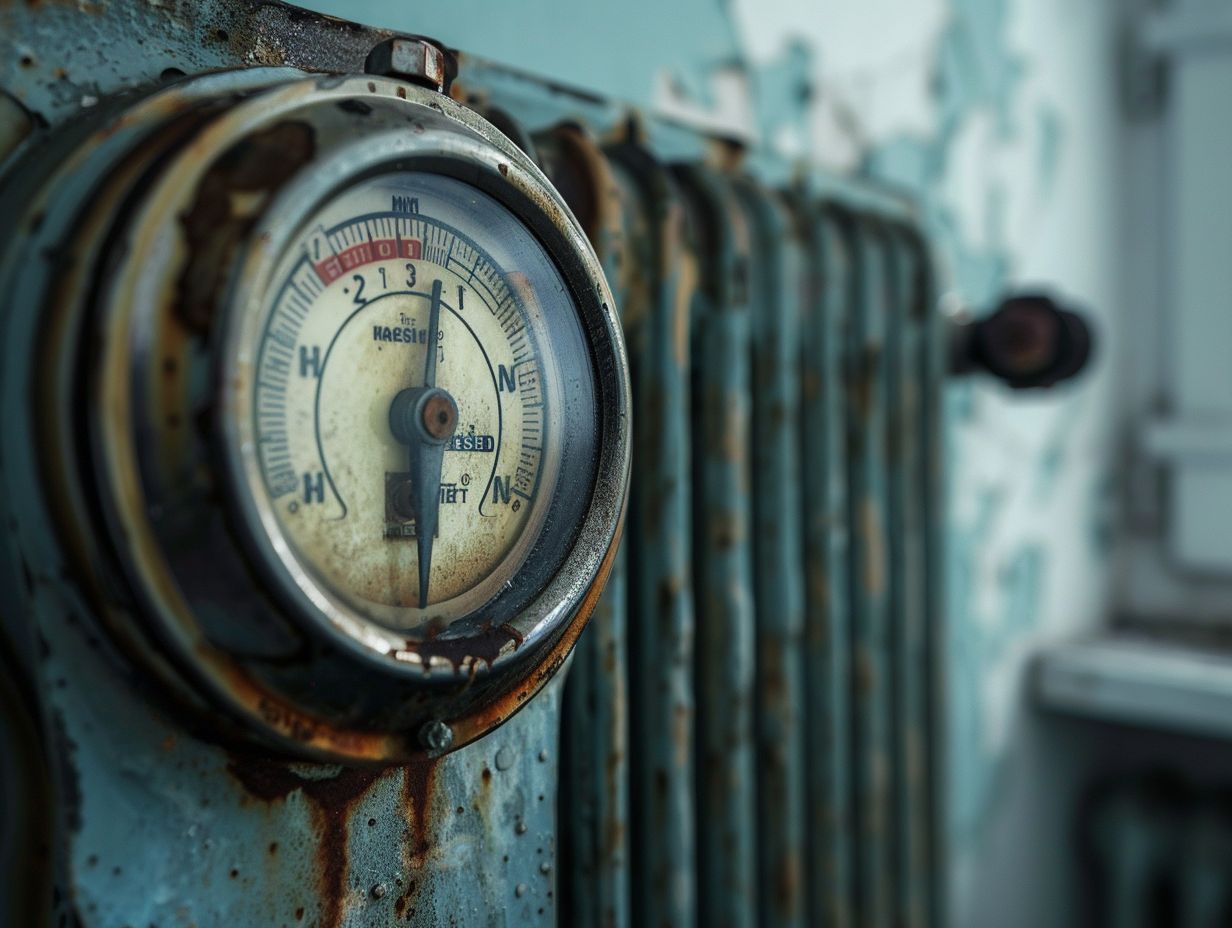
Common issues with Type 22 radiators often revolve around heat output inconsistencies and space utilisation. Understanding these challenges is essential for prompt troubleshooting and effective maintenance to ensure optimal heating performance.
In terms of heat output issues, one common problem with Type 22 radiators is that air pockets can sometimes get trapped, preventing the proper circulation of hot water. This can lead to certain areas of the radiator not heating up as expected, resulting in uneven warmth distribution in the room.
The size and positioning of Type 22 radiators can pose space constraints in rooms with limited area, making it tricky to find the right placement that allows for both effective heating and optimal use of space.
Extending the Lifespan of Type 22 Radiators
To extend the lifespan of Type 22 radiators, meticulous installation procedures are necessary, along with ensuring compatibility with condensing boilers and utilising advanced features for improved efficiency. Proper set-up and leveraging innovative technologies can significantly increase the longevity of these heating units.
Efficient installation plays a crucial role in this process. It is essential to ensure that radiators are accurately sized and positioned to facilitate optimal heat distribution. When integrating with condensing boilers, maintaining the right balance between flow rates and temperatures is vital to prevent damage and ensure efficiency.
Additionally, making full use of advanced features like smart controls and thermostatic radiator valves can aid in regulating heating output, reducing energy wastage, and maximising performance over the long term.
Tips for Maintenance and Care
For effective maintenance and care practices of Type 22 radiators, you should follow routine checks, cleaning procedures, and optimise energy savings by efficiently utilising heat pumps. Brands like Stelrad provide maintenance guidelines aimed at enhancing radiator longevity and improving energy efficiency.
Regular inspections are essential for early issue identification. By frequently inspecting your radiators, you can identify leaks or blockages before they develop into significant problems. Remember to regularly dust and wipe down the exterior surfaces of the radiators to prevent dust build-up.
Scheduling professional maintenance checks with Stelrad experts can ensure that your radiators operate at peak efficiency. To enhance energy savings, consider integrating your Type 22 radiators with energy-efficient heat pumps to achieve optimal heating performance.
Frequently Asked Questions
What Are the Longevity Expectations of Type 22 Radiators?
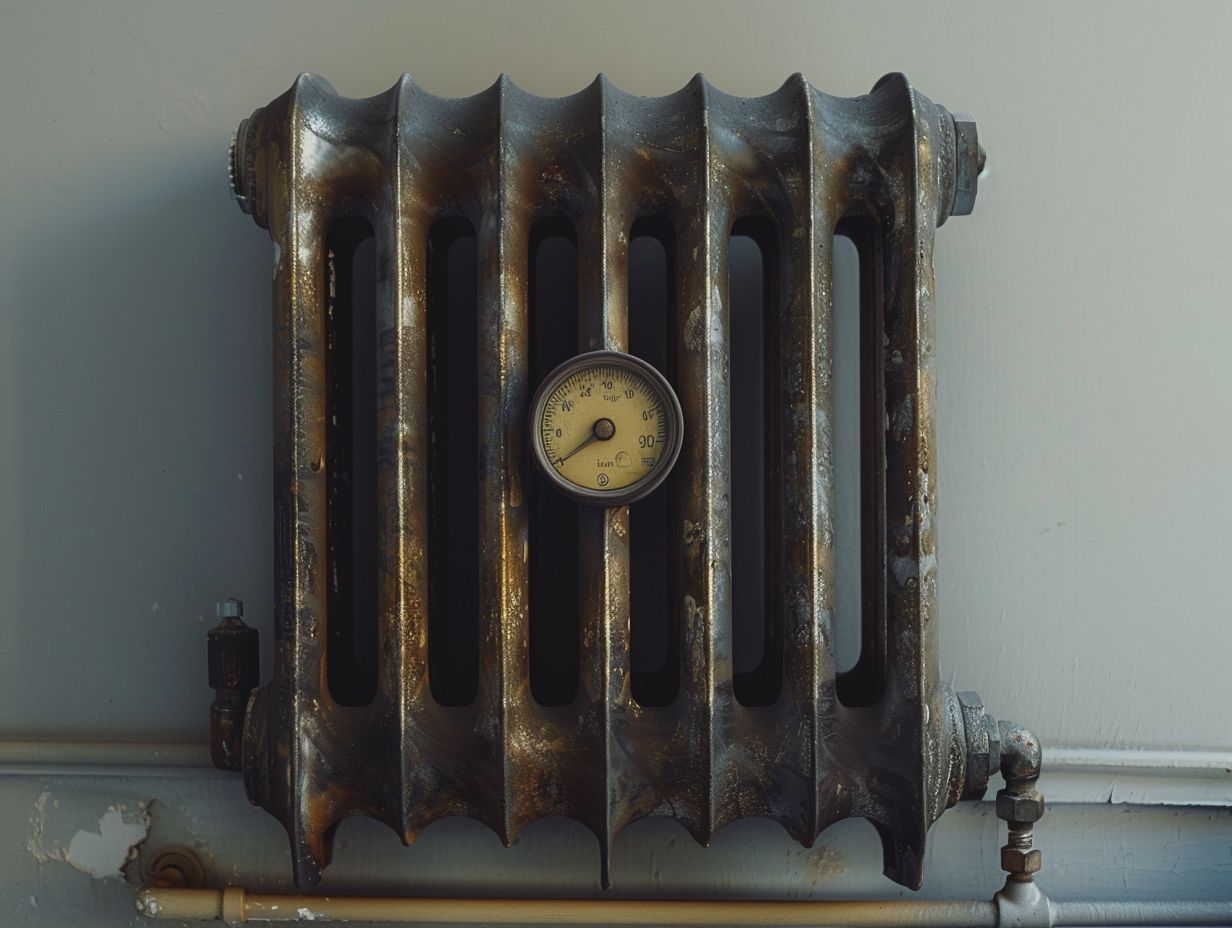
The longevity expectations of Type 22 radiators depend on several factors such as usage, maintenance, and quality of the radiator. Generally, they can last anywhere from 10 to 20 years.
What factors affect the longevity of Type 22 radiators?
Factors that can affect the longevity of Type 22 radiators include the quality of materials used, frequency of usage, proper maintenance, and exposure to external elements such as harsh weather conditions.
How often should I expect to replace a Type 22 radiator?
If properly maintained and used in normal conditions, Type 22 radiators can last for up to 20 years. However, if they are used extensively or not properly maintained, they may need to be replaced sooner.
What maintenance is required for Type 22 radiators to prolong their lifespan?
To prolong the lifespan of Type 22 radiators, it is recommended to have them professionally serviced every 1-2 years. This includes flushing the system, checking for leaks, and replacing any damaged or worn parts.
Are Type 22 radiators more durable than other types of radiators?
Type 22 radiators are generally considered to be more durable than other types of radiators due to their double panel design which provides better heat output and distribution. However, their longevity still depends on usage and maintenance.
What happens if a Type 22 radiator is not maintained properly?
If a Type 22 radiator is not properly maintained, it may develop issues such as corrosion, leaks, and decreased heat output. This can lead to a shorter lifespan and the need for more frequent replacements.

